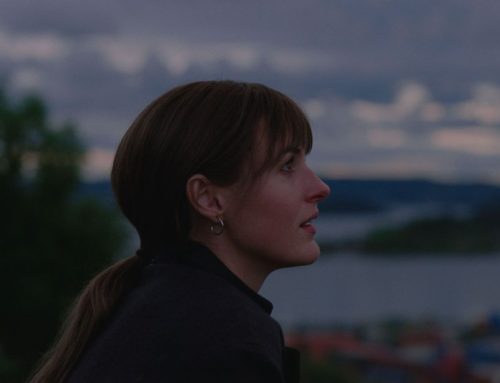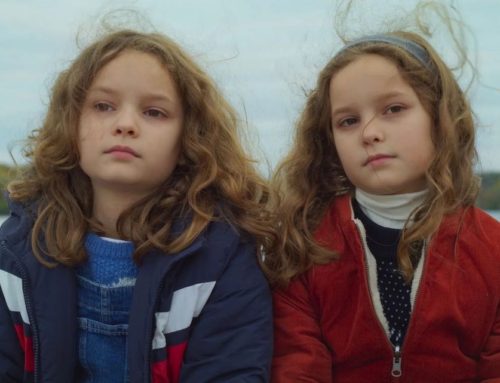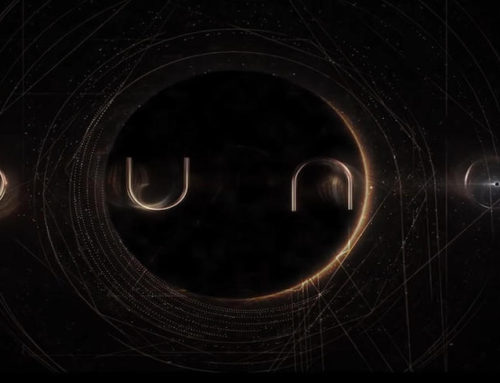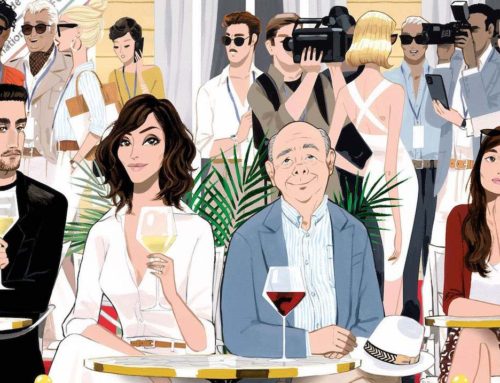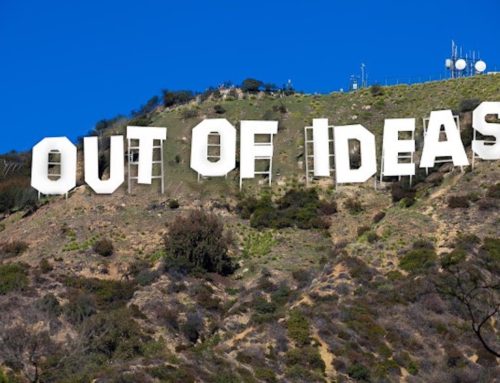In his essay on Charles Dickens, George Orwell wrote that “all art is propaganda”. That is a depressing thought when taken to its extreme. What he meant, however, was not that all art could have been produced by some minister of propaganda and censorship, operating in a totalitarian state akin to those of Soviet Russia or Nazi Germany. But more that every work of art, from the most abstract of paintings to the most otherworldly of symphonies, has some point of view, either buried in its depths by the artist, or perceived on its surface by the reader or listener or viewer.
When one watches Showtime’s TV series Penny Dreadful: City of Angels one is more inclined to think of it as an example of the former, cruder kind of propaganda. The first instalment of Penny Dreadful was released in 2014 and, alas, it had only three seasons. Penned by John Logan, it was a lush Victorian Gothic that followed the melodramatic lives of supernatural characters torn between light and darkness, good and evil, trying to find purpose and meaning in their miserable lives in 19th century London. Luxuriating in its ornate language and profound discussions, it was so daring in its pace and themes that it approached genius. One of the many reasons for this was its loftiness, its almost complete disengagement from contemporary political themes, and its focus on existential problems that are beyond the scope of mortals.
It is regrettable that the same cannot be said for its so-called sequel Penny Dreadful: City of Angels. Unrelated to the passions of the Victorian characters from the original, City of Angels premiered in April 2020 and unfolds, unsurprisingly, in Los Angelis. It is 1938, and the viewers follow Detective Santiago Vega, the first Chicano member of the Los Angelis Police Department, in his attempts to solve gruesome crimes, deal with his horribly racist colleagues and cope with his inner search for true identity. The only non-racist detective in the LAPD seems to be his partner, Lewis Michener, an old Jew who sees the spreading of Nazi influence in the USA and is determined to see the end of the Third Reich. Unbeknownst to them, the growing tensions between different racial groups in LA are the intricate handiwork of a shapeshifting she-demon called Magda, a Mother of Chaos figure, who whispers dark thoughts into the characters’ ears and pushes them towards hatred and violence, leading to the eventual ruination of all love and life.
When seen from this perspective, the show sounds pretty good. And yet, enjoying its mysterious film noir atmosphere and the wonderful performances of its cast is somewhat difficult since City of Angels goes out of its way to make sure its political allegiance is well known to the viewer. To begin with, the police, as well as most white people in general, are presented as racists, a view shared by the current American far-Left. There are some people of colour in the show who at one point or another use extreme violence, but their actions seem to be always justified by the racist or sexist or homophobic abuse they have received from whites. Another detail that screamed political bias was the insinuation of one of the main characters that taking money for charity from Republicans is like taking donations from the Devil himself, that way demonising and discrediting all arguments of people falling anywhere on the right of the political spectrum. Clearest of all, the show is diligently framed with anti-Trump messages. In the first episode, a German Nazi character who lives in LA and wants the US not to involve herself in the looming war in Europe, shouts with jubilation “America first!”, a not so subtle nod towards one of the messages of Donald Trump’s campaign, putting him in the same category as the Nazis. In the last episode, our hero Santiago Vega states that building walls to keep people out is not American, an opinion in clear opposition to the building of a wall on the border between the US and Mexico, another fundamental aspect of Trump’s presidency and part of a larger, painful and very complicated problem.
In other words, it would be safe to say that the show is an anti-Republican, anti-Trump and, when seen in the current mainstream cultural climate, even possibly an anti-white piece of television drama. Of course, one’s views on the necessity of extreme freedom of speech mean that if some show-runners want to produce a drama like this, then they should be free to do so. And yet, the chaos and anarchy we all saw in the USA this summer, which also seeped out into the rest of the Western world, force one to ponder on the potency of television series and whether they, to some extent at least, had any contribution to the licensing of the violence we saw. Oscar Wilde said that “Life imitates Art far more than Art imitates Life” and he might be proven right yet again. The scenes of people demanding police officers and others to bend the knee, and of mobs shouting “Shame! Shame! Shame!” to those who dare disagree with them in the most mild of manners were as if taken directly out of Game of Thrones. And the riots, the looting, the arson and the beatings were as if spawned by The Purge or Joker.
There are similar scenes of anarchy towards the end of City of Angels, and for one who believes in the power of art, it is difficult not to wonder on the nature of the connection between them and the unrest of the summer of 2020. Are they unrelated? Were these films and shows simply a reflection of the reality? Were they prophetic? Or were they part of the cause of the chaos?
The show got at least one thing right. That the veneer of civilisation, the thing that gives people freedom and the opportunity to achieve better lives, is thin and once it is scratched off it reveals a lust for violence of Dionysian proportions, a destructive force that is difficult if not impossible to reign in. Was City of Angels one of the many small but malicious whispers, like those of its villain demon Magda, that brought forth the darkness in people and resulted in the likelihood of civil war in the most powerful country on earth and leading to consequent troubles worldwide?
One cannot answer this question with certainty. But two things are certain. First, like it or not, the grotesque misrepresentation of all conservatives and all Trump supporters as literal Nazis and racists will lead to the growing of the number of Trump’s backers and of his chances for reelection. Second, and more importantly, the obsession with race and the all too easily hurled accusations of racism will result in growing tensions between racial groups and the emergence of real racial supremacists from all skin-colours, for everybody would be fighting for their own. In the end, the group of racists may turn out to be the most racially diverse one of all. Hopefully very few would want to reach such a moment.
But is City of Angels good art? There is this pervading belief today that good art is oppositional and that it speaks truth to power. It often comes from people working for the big Hollywood studios and who are paid handsomely by them, or from conceptual artists living on government grants. It is remarkable how some people manage to fool themselves into thinking that they are members of the avant-garde, even when they work for those who have the platform and the power. The truth is that the idea that great art is oppositional is blatantly false for anyone with the most basic knowledge of the history of art and literature. Only a fraction of art is truly avant-garde, and most masterpieces, from ancient Egypt to today are in support of those who rule their times. The thing is that propaganda can be great art, as long as its political message is not its aspect of primal importance, but is overshadowed by other themes, by beauty and by masterful demonstration of technical skill. Sadly, it seems that the primal purpose of City of Angels was not to tell a great and entertaining story, but to say that Trump is bad and that racism is bad. This is not good enough to keep people’s interest and respect. It is boring. So it comes as no surprise that the second season of the show has been cancelled.
‘Penny Dreadful: City of Bias‘ is an article written by Kyril Buhowski.

